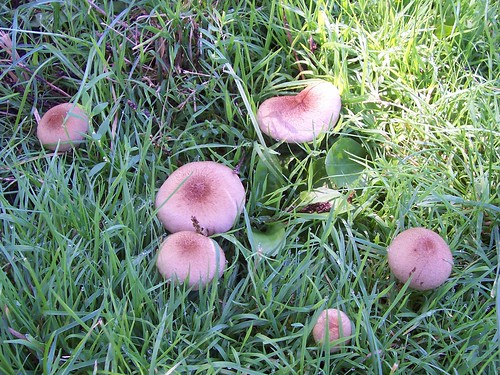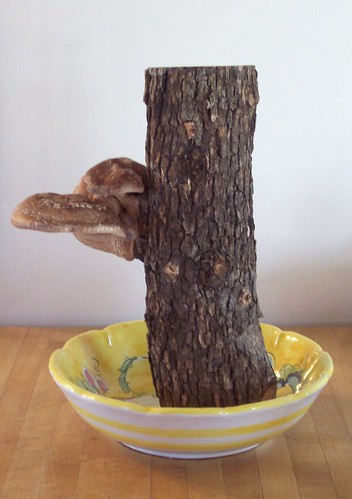
I'm not talking about the mice that invade every fall. (Haven't seen the tell-tale signs yet -- probably because it's been in the 70s and 80s here this September!)
But instead of normal pets, we have tiny critters. Most live in recycled plastic jars, the kind mayonaise, pretzels and the like come in.
For instance, we've been raising minnows and other fish in mini aquariums for several years now. Most of our pets (like the goldfish which have grown to Koi size in our plastic backyard "pond") are considered "feeder fish" to real aquarium hobbyists. But the mini tanks, which we try to keep supplied with small snails, stones that harbor beneficial bacteria and aquatic plants, are easy to care for.
This past summer, for my
Build a Bug House Program, I got a chance to collect some pet bugs . The basic bug house was based on the book
Pets in a Jar by Seymour Simon, but I also created a butterfly pavilion, a bamboo cricket cage, and a worm bin. They made for fun summer projects.
Once the program ended we let the ants in the Two Jar Ant Farm (directions
here) go, as well as the ladybugs in the vivarium. But we've still got the cricket (now in a bigger, better jar with a sand surface, a piece of bark to hide under and a stick and a leaf to climb -- see video
here) and the worms.

I just checked on the worms, however, and got an unpleasant surprise: our bin (which I keep under the kitchen sink) is crawling with some kind of mites. I rushed the bin outside and looked up our problem, but apparently it's nothing to worry about: all the possible culprits are helpful to the process of breaking down the vegetable scraps in the bin, and none are harmful. So I probably will bring the bin back in before it gets dark and the temperature dips too low.
I WILL harvest the worm castings this week, however, and if I can separate out the worms I'll try keeping them over the winter.
Coming next: Our hermit crab
























